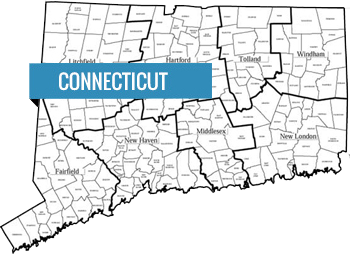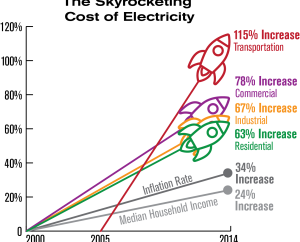
- October 17, 2021
Framework scale and energy interest — comprehension of energy request start inherent sciences:
Energy is a strange property of items and frameworks that can be neither made nor obliterated, yet can be moved to start with one framework then onto the next, and changed over starting with one structure then onto the next. Since not all types of energy are similarly valuable, a more significant amount is energy Power to Choose , or the accessibility to perform actual work. Energy is a proportion of both the amount and nature of energy and, in contrast to energy, can be annihilated during transformation measures (e.g., in the change of electricity to low-temperature heat). Energy — or, all the more definitively, energy — is of one of a kind significance in nature since nothing capacities without it. Complex actual frameworks like life forms, environments, and human social orders exist a long way from thermodynamic harmony and must be kept up within this state by a consistent throughput of excellent energy from outside the framework—with bigger and more complicated frameworks requiring bigger energy streams.

Scholars and biologists have distinguished astoundingly predictable and widespread connections between the actual size of frameworks and the size of these energy streams, in light of quarter-power types. For instance, the metabolic pace of living beings scales with the three-quarter power of mass more than 27 of significant degrees, from the littlest organisms to the biggest warm-blooded animals. There have all the earmarks of being normal standards hidden this widespread relationship, connected to the developmental enhancement of the fractal-like spreading networks that supply energy and materials to natural frameworks—like the vascular arrangement of plants and the circulatory arrangement of well-evolved creatures.
Since human social orders depend upon closely resembling networks for disseminating energy, water, food, and different materials, they might be dependent upon practically identical limitations and consequently, show similar connections between framework scale and energy streams. While drawing analogies among physical and human frameworks can be tricky, it is the situation that bigger, more affluent, more crowded, and more perplexing social orders require bigger energy streams. Such social orders advanced by getting to logically bigger energy streams, and they can’t be supported without those streams. The enormous expansions in worldwide populace and abundance since the start of the nineteenth century have been related with similarly monstrous expansions in energy utilization, gotten to a great extent from the ‘energy excess’ given by petroleum derivatives (for example the energy accessible from those powers in the wake of taking away the energy used to acquire them). In particular, the sevenfold expansion in worldwide populace starting around 1800 has been resembled by a four-crease expansion in per capita essential energy utilization (eight-overlay in the industrialized world), prompting a 27-overlap expansion in worldwide energy utilization.
The pace of development of worldwide essential energy utilization has been strikingly steady beginning around 1850 (2.4%/year ±0.08%) and does not indicate dialling back. Hence, if energy demand decrease is to be estimated by this 150-year pattern, there is, by all accounts, a minimal indication of it yet at the global level. Nonetheless, since essential energy utilization (E) has become more leisurely than (GDP) (Y), there has been a consistent decrease in worldwide energy force (E/Y) and henceforth a consistent expansion in energy usefulness (Y/E), with the exact pattern contingent on how these factors are estimated. Total energy utilization is normally communicated as the result of the populace (P), per capita riches (Y/P), and energy force (E/Y), yet many variables add to these total proportions, and are more disaggregated breakdowns are needed to comprehend their patterns.
